Consider these benefits of electric mobility
With a range of up to 470km the Jaguar I-PACE can easily cover the distances associated with most daily journeys.
The migration from internal combustion to purely electric motoring will require a shift in mind set for many drivers, but most of the behavioural adjustments will be accompanied by some attractive and convenient benefits which many have likely not yet considered.
With electric vehicles (EVs) your home becomes your primary filling station.
The practice of topping up from your very own wall socket or dedicated wall box, most often while you sleep, is a tasty proposition and far more convenient than stopping to fill up while on the move as is necessary with traditional internal combustion engines (ICE).
EV drivers will enjoy leaving home every morning with full “tanks”, much like fully charged cell phones which are habitually charged nightly.
With a range of up to 470km the Jaguar I-PACE can easily cover the distances associated with most daily journeys, meaning that nightly recharges will require minimal top-ups. Recharging whenever possible, rather than waiting for the battery to completely drain, will dramatically decrease charging times.
Charging at home while you sleep will also help to make the use of battery preconditioning a regular habit.
When the I-PACE is plugged in it’s possible to set a departure time and preconditioning schedule from the on-board touch screen so the car can prime itself for the journey ahead.
Economic
Preconditioning warms the battery to its ideal temperature, in turn maximising range, and is advised for any trips longer than 80km. This way drivers can ensure that the car will achieve its maximum distance abilities every morning before leaving home.
Home charging is also by far the most economic way to keep mobile with an EV.
Though electricity costs vary depending on the region in South Africa, an average of R2 per kW/h is a good rule of thumb. At this rate a full charge from zero to full in an I-PACE would cost only around R180.
Using these figures, the costs of driving an I-PACE work out to roughly 38 cents per kilometre when charged at home. A V6 diesel-powered vehicle on the other hand, which is of comparable size and power output, works out to around 68 cents per kilometre using the inland diesel price of R11.40 and its combined average fuel consumption (NEDC2) of 6l/100km.
For reference, the most economical car at the recent WesBank Fuel Economy Tour 2019 returned a winning average diesel consumption of 4.7l/100km - meaning a driving cost of around 54c/km. - MotorPress
With electric vehicles (EVs) your home becomes your primary filling station.
The practice of topping up from your very own wall socket or dedicated wall box, most often while you sleep, is a tasty proposition and far more convenient than stopping to fill up while on the move as is necessary with traditional internal combustion engines (ICE).
EV drivers will enjoy leaving home every morning with full “tanks”, much like fully charged cell phones which are habitually charged nightly.
With a range of up to 470km the Jaguar I-PACE can easily cover the distances associated with most daily journeys, meaning that nightly recharges will require minimal top-ups. Recharging whenever possible, rather than waiting for the battery to completely drain, will dramatically decrease charging times.
Charging at home while you sleep will also help to make the use of battery preconditioning a regular habit.
When the I-PACE is plugged in it’s possible to set a departure time and preconditioning schedule from the on-board touch screen so the car can prime itself for the journey ahead.
Economic
Preconditioning warms the battery to its ideal temperature, in turn maximising range, and is advised for any trips longer than 80km. This way drivers can ensure that the car will achieve its maximum distance abilities every morning before leaving home.
Home charging is also by far the most economic way to keep mobile with an EV.
Though electricity costs vary depending on the region in South Africa, an average of R2 per kW/h is a good rule of thumb. At this rate a full charge from zero to full in an I-PACE would cost only around R180.
Using these figures, the costs of driving an I-PACE work out to roughly 38 cents per kilometre when charged at home. A V6 diesel-powered vehicle on the other hand, which is of comparable size and power output, works out to around 68 cents per kilometre using the inland diesel price of R11.40 and its combined average fuel consumption (NEDC2) of 6l/100km.
For reference, the most economical car at the recent WesBank Fuel Economy Tour 2019 returned a winning average diesel consumption of 4.7l/100km - meaning a driving cost of around 54c/km. - MotorPress



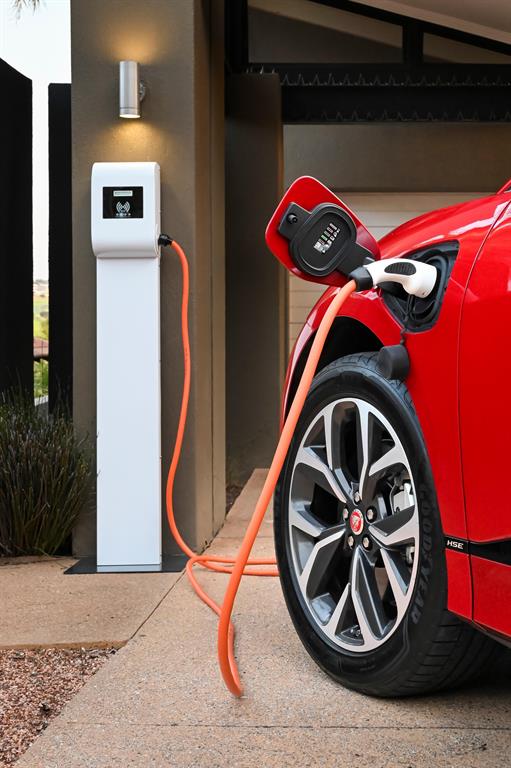
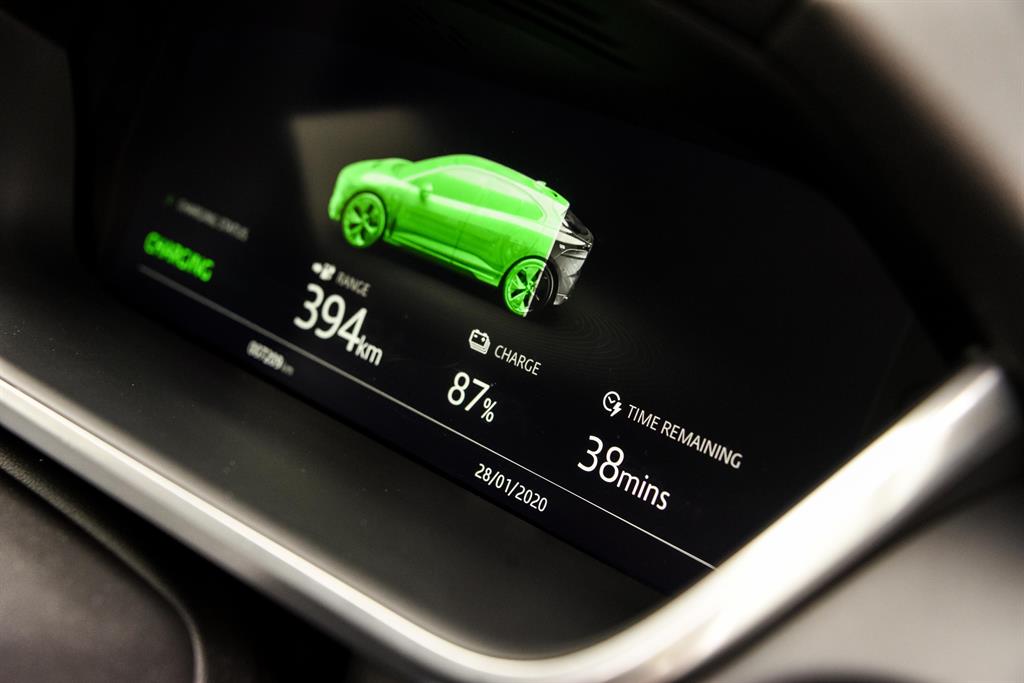
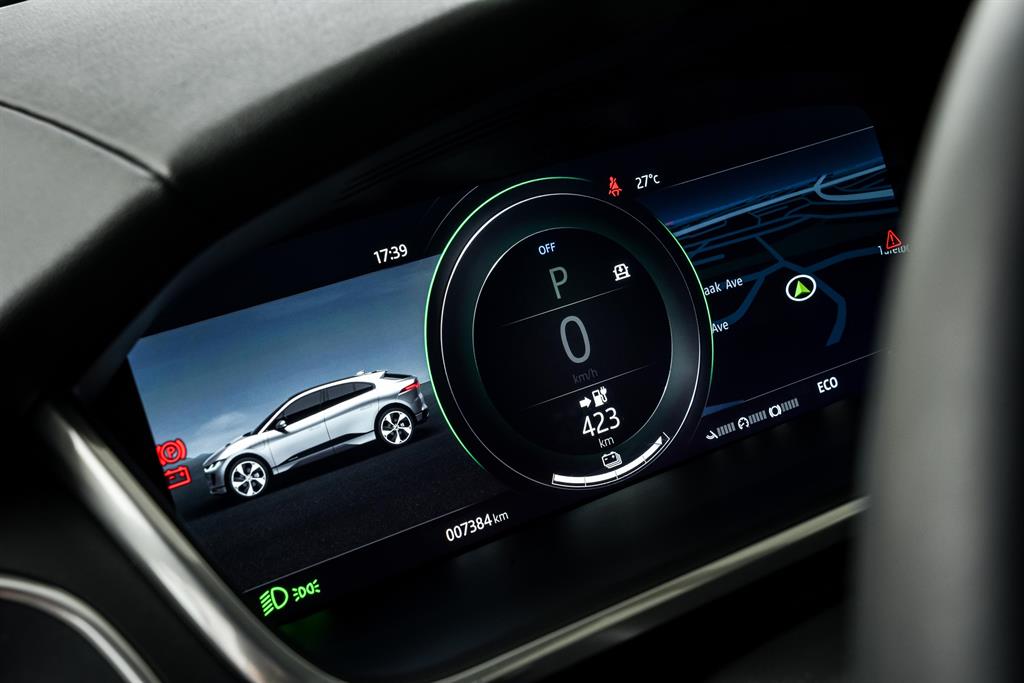
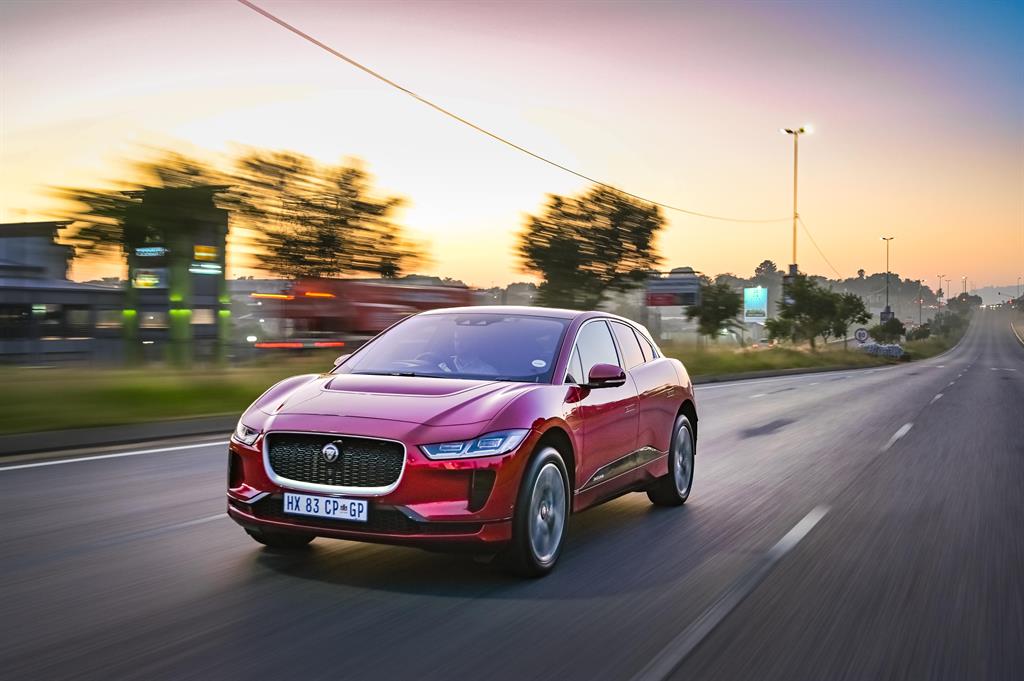
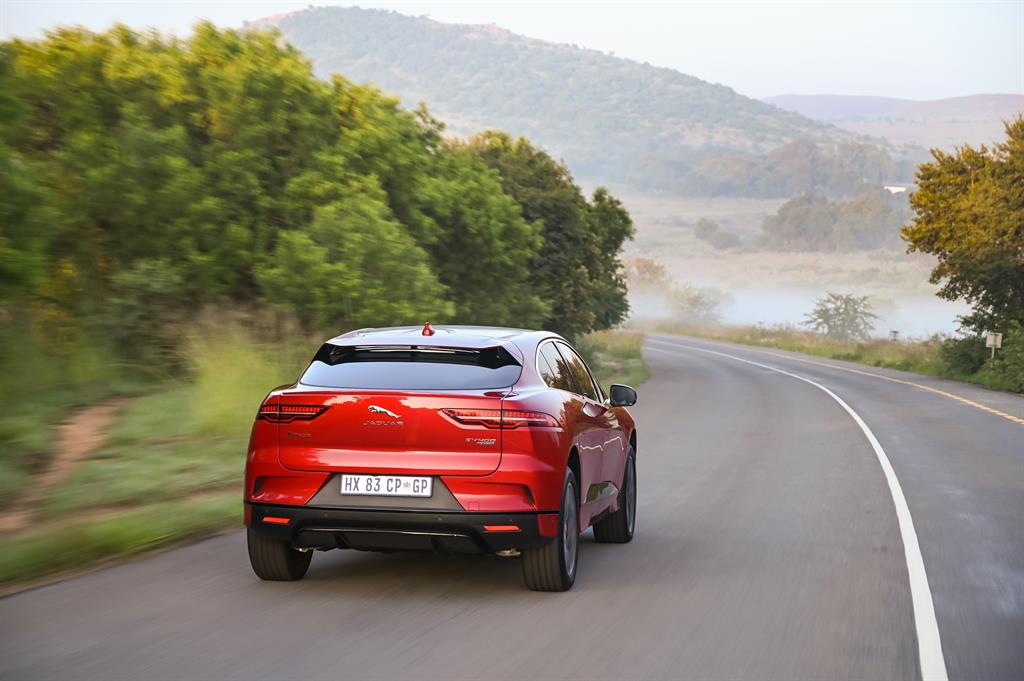

Comments
Namibian Sun
No comments have been left on this article